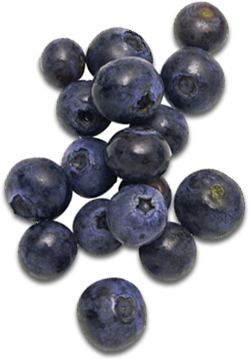no items to display
The rising cost of fruits and vegetables — and what you can do about it
If you’re like me, you love this time of year for all the amazing fruits and vegetables that are in season, whether it’s juicy peaches that drip down your hand as you eat them or red, ripe tomatoes that taste like a tomato should taste. But if you think the cost of fresh fruits and vegetables has been rising lately, you’re not imagining things. It is! There are several reasons the total on your grocery receipt may be higher than expected after you’ve filled your cart with healthy produce.
The U.S. Department of Agriculture reported last month that the cost of all food is up 2.5 percent since May 2013. But that’s not the worst of it. The federal government expects food costs to rise an additional 3.5 percent before the year is out. Importantly, these cost increases aren’t spread out evenly across all kinds of food; fruits and vegetables are being hit particularly hard.
The cost of fresh fruit is expected to rise 6 percent in 2014 (twice the rate of inflation). This is mainly due to higher citrus prices, caused by a colder-than-average winter in Florida and a disease that causes trees to drop their fruit before it’s ripe. Lettuce and potato prices are also expected to rise sharply. In the case of lettuce, the reason is the severe drought in California, where 85 percent of this country’s lettuce is grown.
Overall, the cost of perishable foods, like fruit, vegetables, meat, and dairy products will be rising faster than packaged foods like cereal, candy, and cookies. But that doesn’t mean you should try to feed your family on Ramen noodles and Oreos. As you know if you’ve been following this blog, there are many reasons we should all be eating more fresh fruits and vegetables, not fewer.
One way you can bring your grocery bill down is to grow some of your own herbs, fruits, and vegetables. Unless you live in Florida or California, you may not be able to plant an orange tree in your backyard. But if the lettuce at the store is getting too pricey, the good news is that this leafy green will grow in many climates, and nothing could be more convenient than having it just outside your door. And if you’ve never gardened before, herbs are a great way to start because they’re fairly expensive in the store, but easy to grow yourself.
And speaking of easy gardening, if you haven’t already invested in a Tower Garden, you might want to. Tower Garden is a state-of-the-art, vertical, aeroponic growing system that allows you to grow your own fruits and vegetables on a rooftop, a patio, or a balcony — just about any sunny spot outdoors. It’s easier than traditional gardening because there’s no soil, no weeds, and no ground pests to threaten your crops.
If money is tight, it might be hard to see past the initial investment of $525 (or 12 payments of $45.25/month). But since Tower Garden has the capacity to grow up to 20 plants, and the plants reach maturity in less time than in soil, it doesn’t take too long to recoup your investment. In fact, most Tower Garden customers say it pays for itself in less than two years.
You can grow almost anything you like in a Tower Garden®, including tomatoes, lettuce, peppers, spinach, beans, cucumbers, melons, herbs, and more. Heck, you could even start your own farm stand with the amount of fruits and vegetables Tower Garden can produce!
Do you have a Tower Garden? Is it saving you money on groceries?






